Are you embarking on your Waldorf journey? There are some quintessentials supplies you don’t want to do without, and then there are many supplies that are sure to enrich your lessons, environment and experience. I’m sharing many of the supplies that have been used in our homeschool over the years. Some are supplies we love and can’t do without. Some are ones we added later in our journey and I regret I didn’t include them earlier. What’s curious about this journey is that it took nearly two decades to accumulate all these supplies and by the time I had everything I wished for, my children had all but grown out of these things. One thing to remember is that the Waldorf philosophy isn’t the supplies, it’s the methodology of teaching, and if we can focus on that rather than the pretty things, we and our children will benefit tremendously. Then as needed, you can add the supplies that bring joy to your teaching and enrich your lessons.
Waldorf Teacher Supplies Grade 1
I can’t think of more gorgeous school supplies than Waldorf supplies. But these aren’t for me. I teamed up with A Child’s Dream to arrange a special gift for a new Waldorf teacher who just started work at a Waldorf charter school that is only in its second year and still has a lot of growing pains ahead.
To help ease the transition for this teacher from conventional school to Waldorf school, I contact A Child’s Dream and asked if they would gift school supplies for this teacher through me so I can share it with you. Now this teacher has some treasured supplies to start the new year off with.
A big thank you to Debbie for generously gifting everything I requested. All the materials you see are ones I have purchased throughout the years of homeschooling and have used extensively so I am hoping my selections will be just right for this new Waldorf teacher. And who is this new Waldorf teacher? It’s none other than my sister Aurelia who has been a teacher for 10 years and is now embarking on her Waldorf training and Waldorf teacher journey.
While these materials are typical for a Waldorf school, I think they are enriching additions to any school setting whether you do Waldorf or not. . You can follow my sisters as a Waldorf teacher in training as she navigates her way through this new teaching journey Aurelia. Oh! And be sure to send Debbie at A Child’s Dream some love for spreading joy ❤️🧡💛💚💙💜
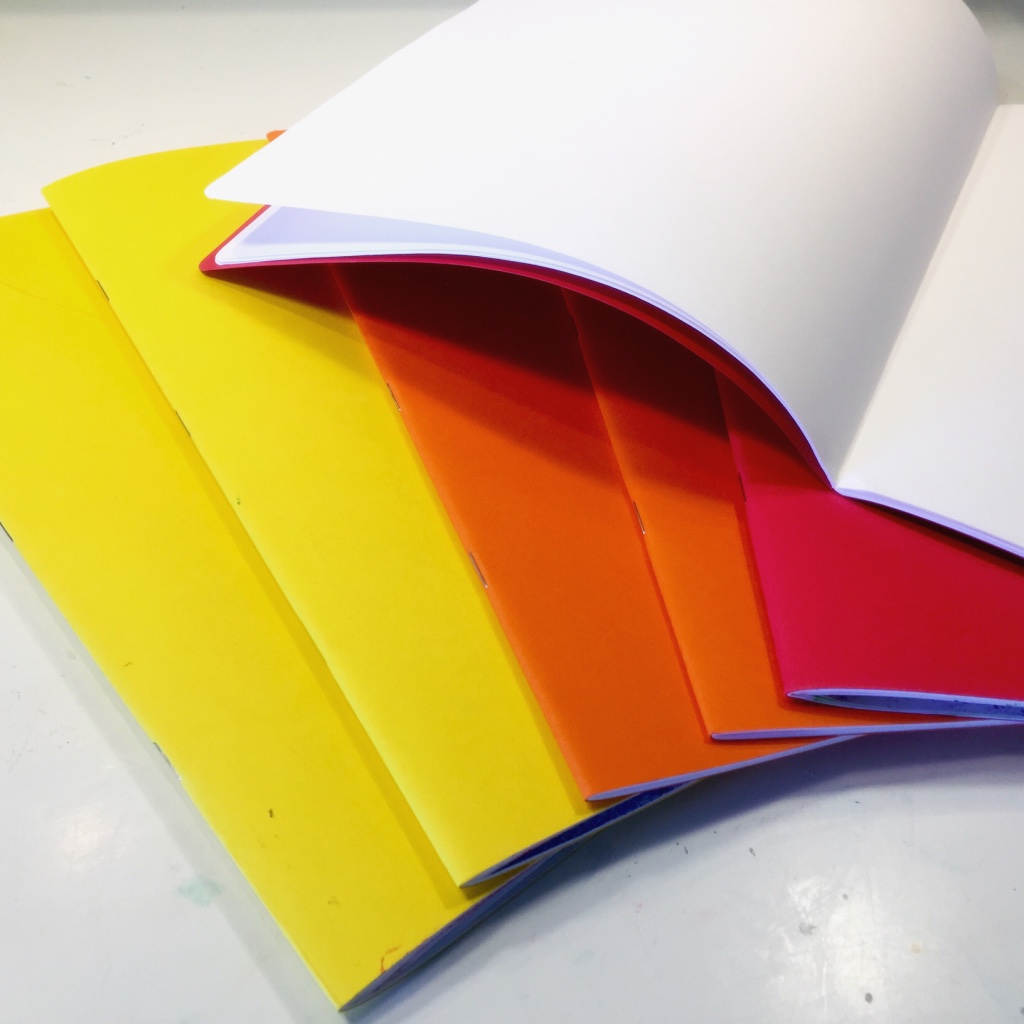
When starting out on your Waldorf journey, you might want to begin with a Waldorf inspired curriculum if you are home educating. While I can’t say from experience how the following curricula fair, I can tell you that since 2004, we’ve been relying on Live Education! Waldorf curriculum for our needs. You can also explore Lavender Blue, Christopherus, and Waldorf Essentials or Oak Meadow if you want more traditional with just a hint of Waldorf. For more Waldorf vendors who specialize in curriculum or resources, there’s a section at the bottom of this post with more information. Once you have settled on a curriculum, you may want to turn your attention to some of the essentials like papers, pencils, crayons and chalks. Main lesson books are used so that students have a place to record their lessons. Typically the main lesson books are large for Grade 1 and they get progressively smaller as the students move from grade to grade. Main lesson books for the younger years are large notebooks with blank good quality paper. Often you may see them with onion sheets separating the two sheets of paper.
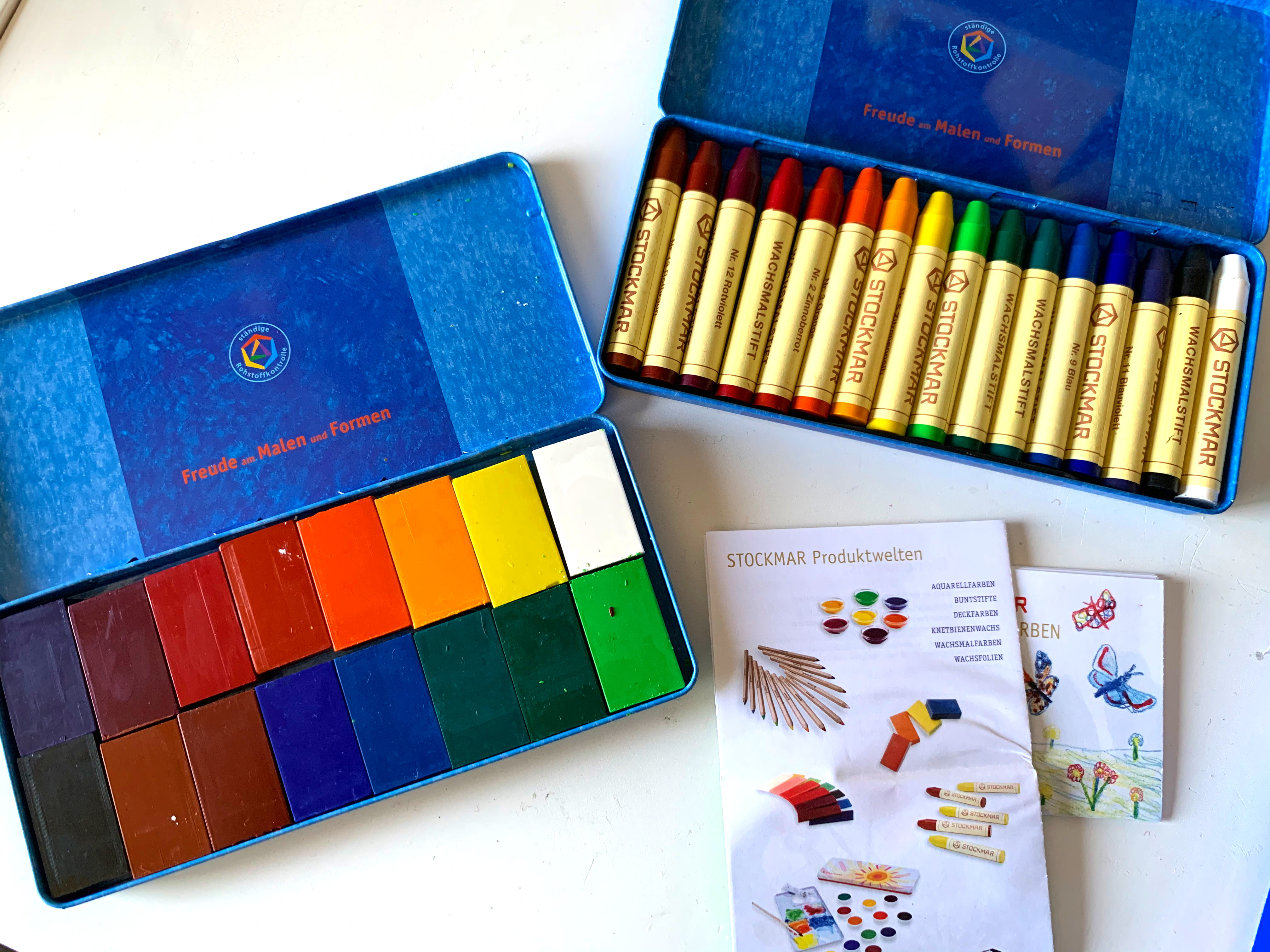
To go along with the main lesson books, you can add Stockmar Block and Stick crayons. These crayons are made from beeswax and come in a rainbow of colors. Typically students in Grade 1 begin with just the three primary colors: red, yellow and blue. Together with those colors, students create the secondary and tertiary colors and soon they are able to add those crayons to their crayon case. Stick crayons are used for form drawings and even beginning writing while block crayons come in handy for landscape drawings and filling in white spaces in their drawings. Block crayons are also used for making borders in their main lesson books. To help you on your crayon drawing journey, you may want to check out Coloring with Block Crayons. It’s a wonderful resource for beginners and veterans alike.
When looking to add teacher resources to your materials, I have to say that I’m loving the books by Angela Lord! Her books are colorful, informative and must-have resources especially if you are not relying on a Waldorf inspired curriculum. The ones I chose to include here (though she has several more), are Colour Dynamics and Form Drawing. If you could only choose one, I would highly recommend Form Drawing. Form Drawing is a main lesson you’re going to find in Waldorf school starting in Grade 1. I have included some aspects of form drawing in lessons all the way through Grade 8. Form drawing is the first main lesson block in Grade 1. It helps a student with basic hand eye coordination, centering his or her work within the page, fine and gross motor skills, pre-writing skills, artistry and patterns. Form drawing is therapeutic and meditative at times and therefore a good addition to any school setting and is especially helpful for students who struggle with attention and handwriting.
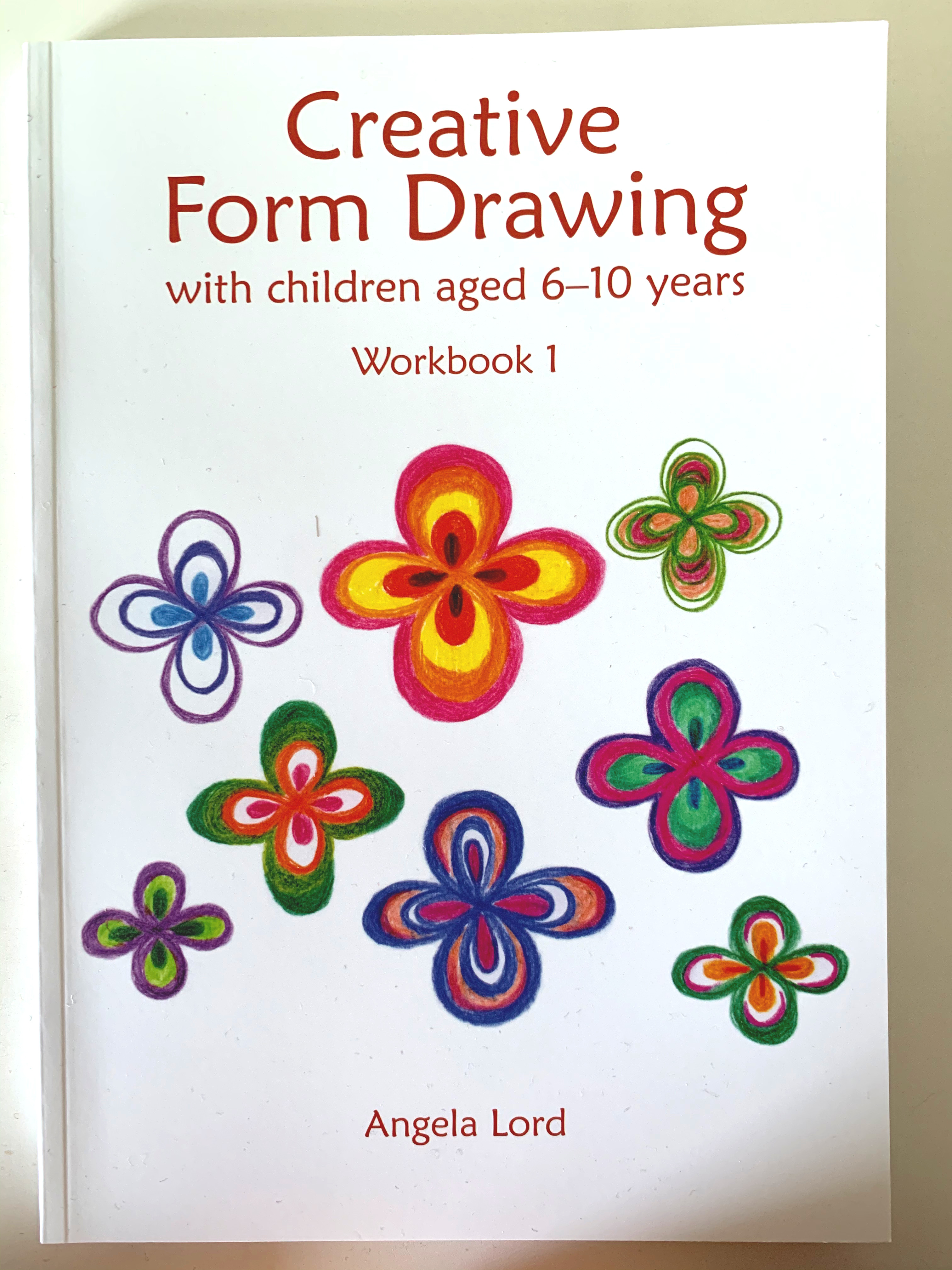
Form Drawing 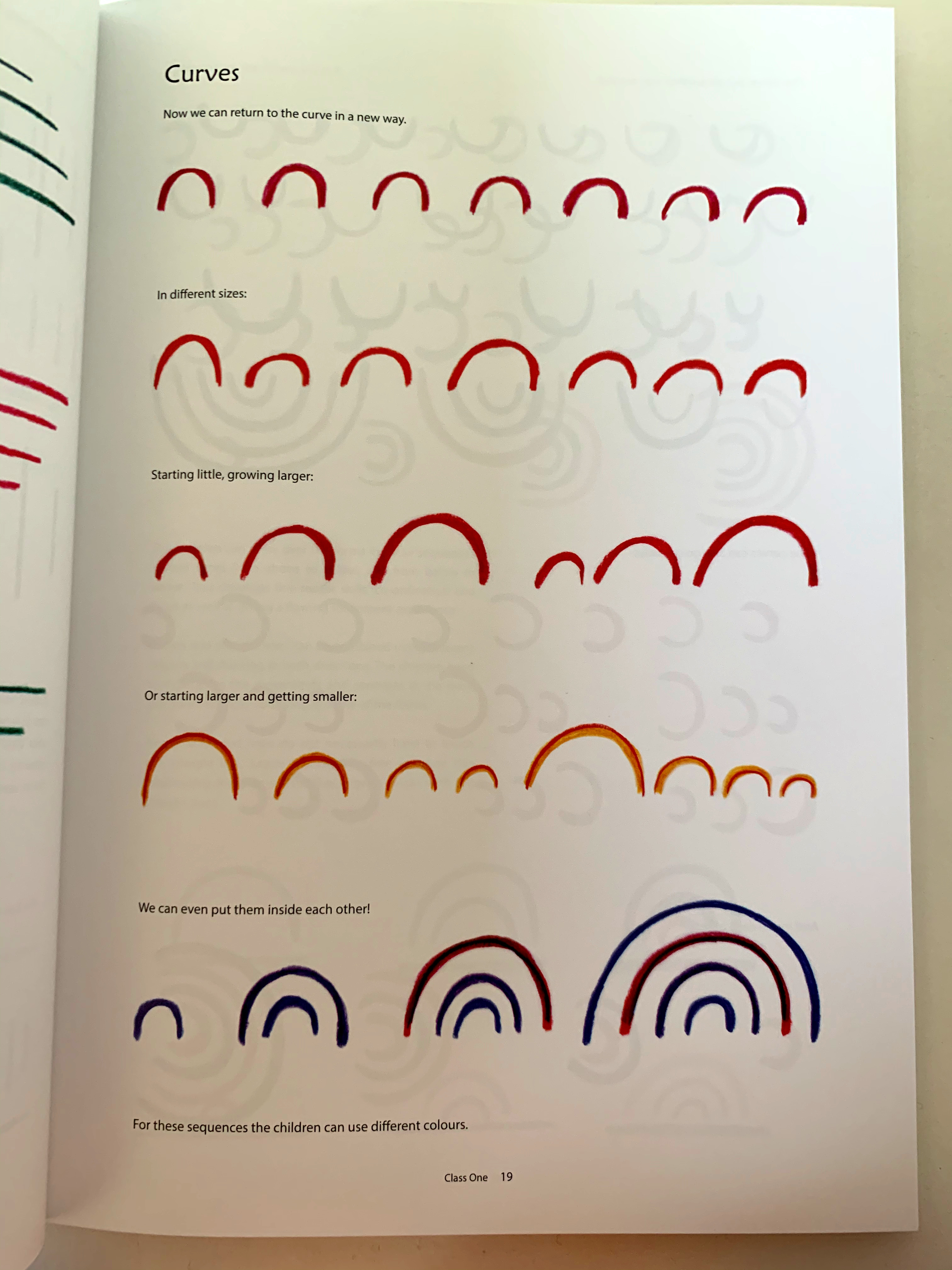
Sample Page 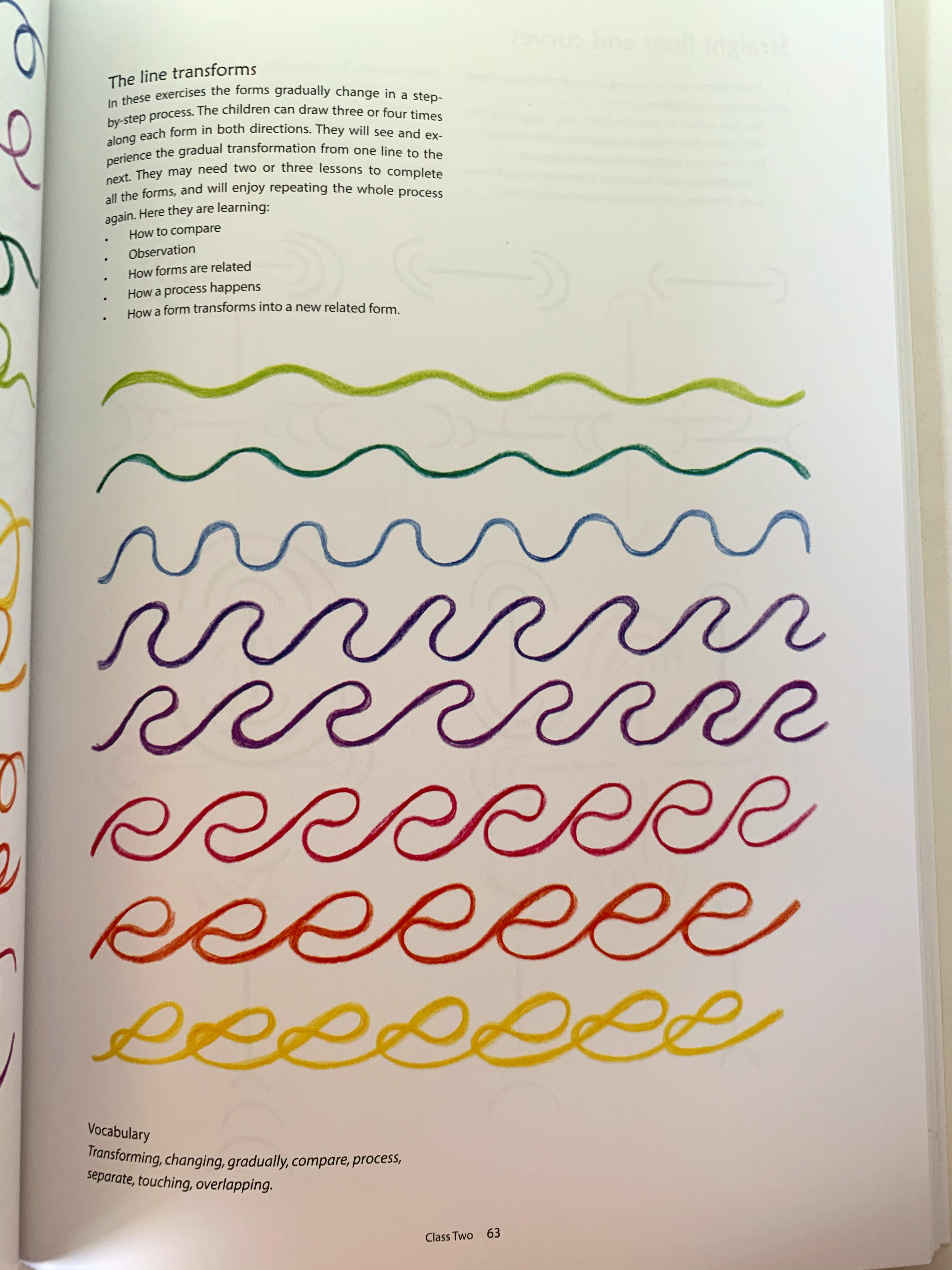
Sample Page
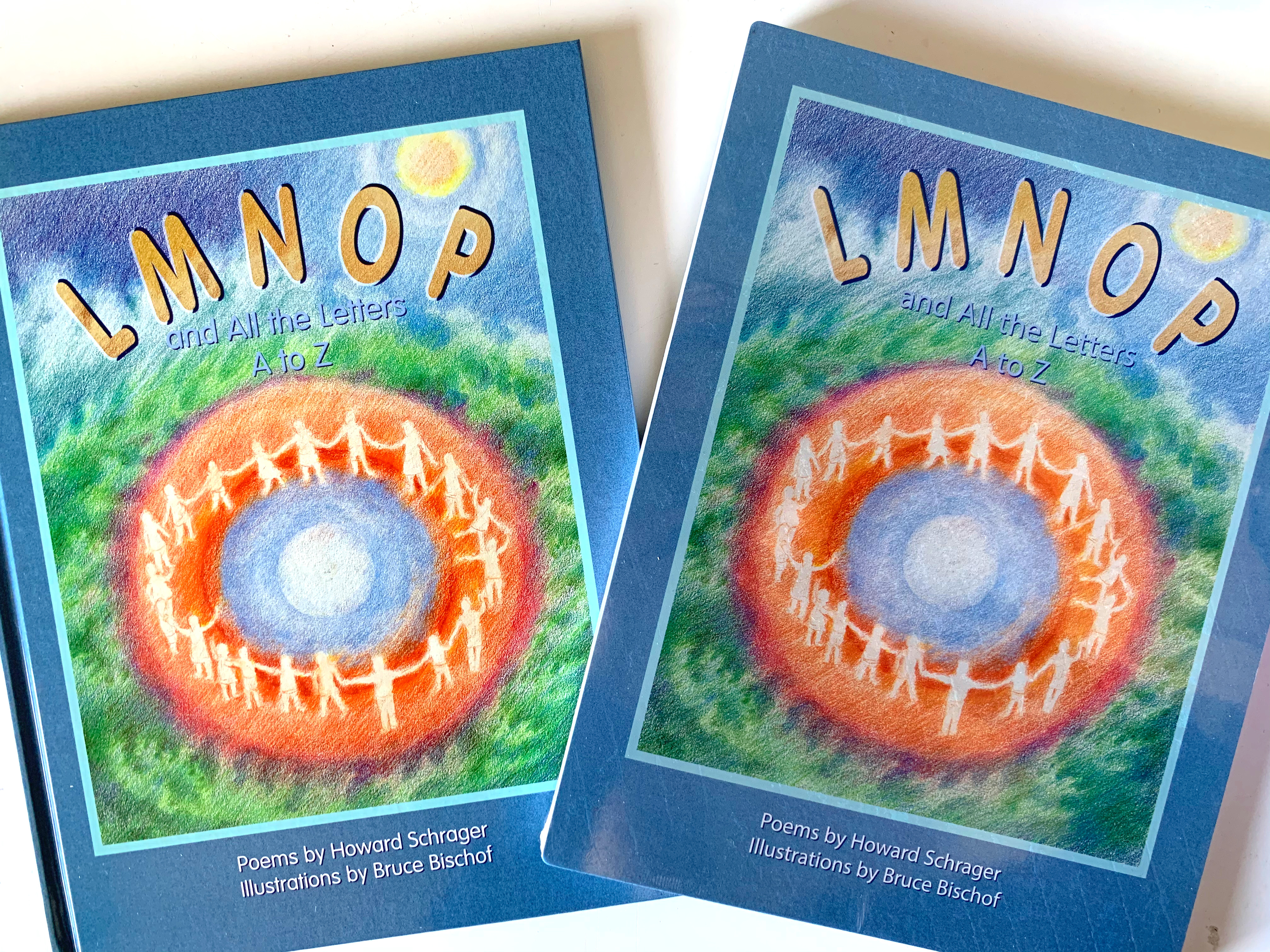
Once you’ve completed your first main lesson block, you may choose to move to a Language or Math main lesson block. If you embark on your Language main lesson block, you may want to add LMNOP Book and Wall Posters to your resource wish list. The book LMNOP is a collection of poems and illustrations that take you through the letters of the alphabet. The posters may be used as classroom decorations or art inspiration for your own chalk drawings. Incidentally, the book’s illustrated, Bruce Bischof, is also the author and illustrator of the Live Education curriculum!
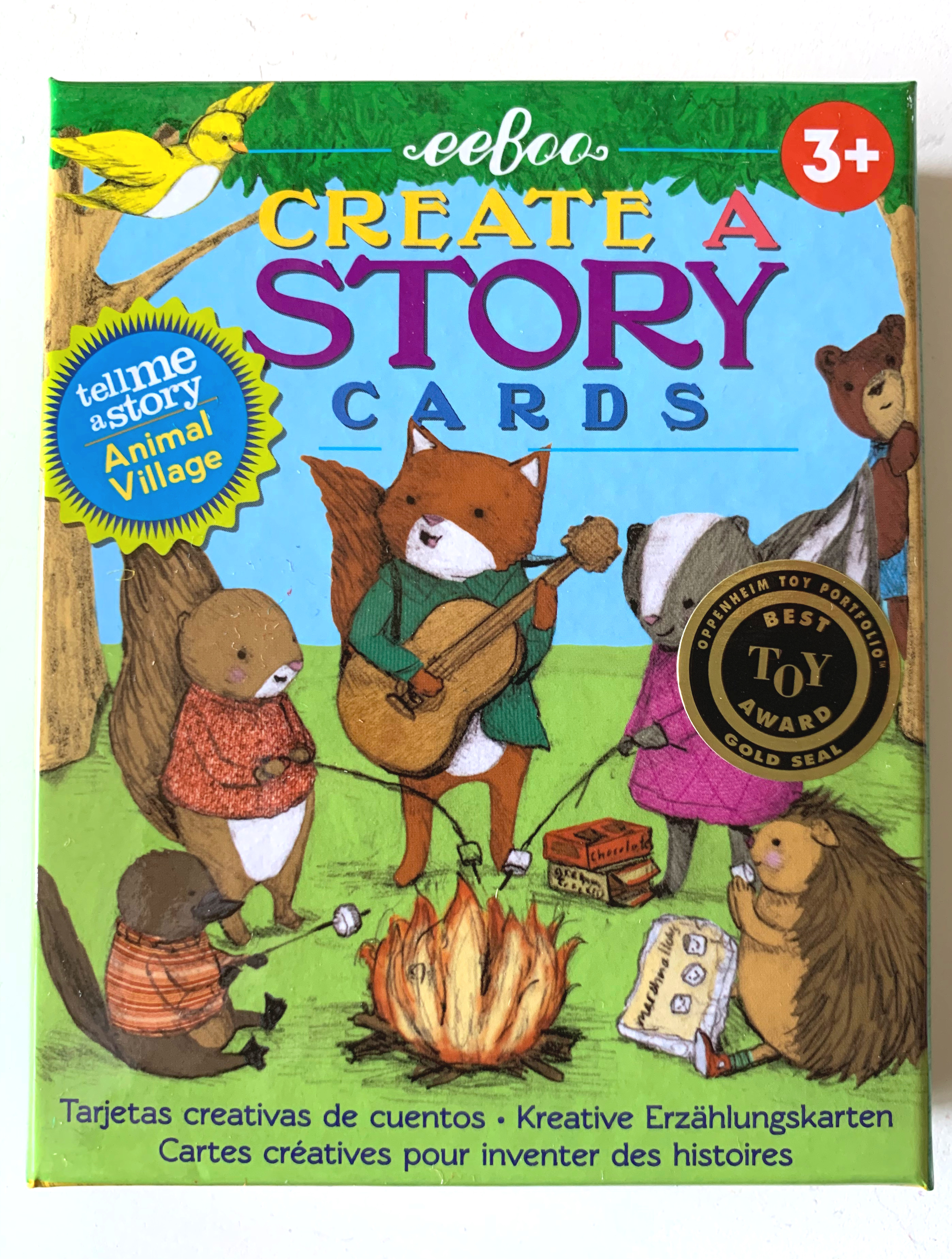
If art inspiration is not a top need for you, but you are looking for ways to hone your storytelling skills, I have found joy in using eeboo’s Storytelling Cards. These cards are brightly illustrated and can be used to help jumpstart a story individually or as a group. While I didn’t show the following book, I did find it very helpful early in my homeschool journey. Storytelling and the Art of Imagination by Nancy Melon (Amazon affiliate link for book) really helped me as I had not idea what things made up a story. I needed a book to break it down, down to the simplest steps like characters, plot and setting, etc. Of course this book takes it to a different level by adding Waldorf elements that will be helpful in the classroom or homeschool setting.
Your next block may be math and if so, the book King Maximo and the Number Knights may be a good addition especially if you are not using a Waldorf inspired curriculum. Because all four math operations are taught in Grade 1, you may wish to bring in some math finger puppets or math gnomes to help your students grasp these math concepts. You can make your own peg dolls and finger puppets with peg dolls, Lyra Opaque Watercolors, Holland wool felt, and Lamb’s pride yarn (for hair). We have made so many over the years and they are treasured toys in our homeschool that help facilitate open ended pretend play or with storytelling.
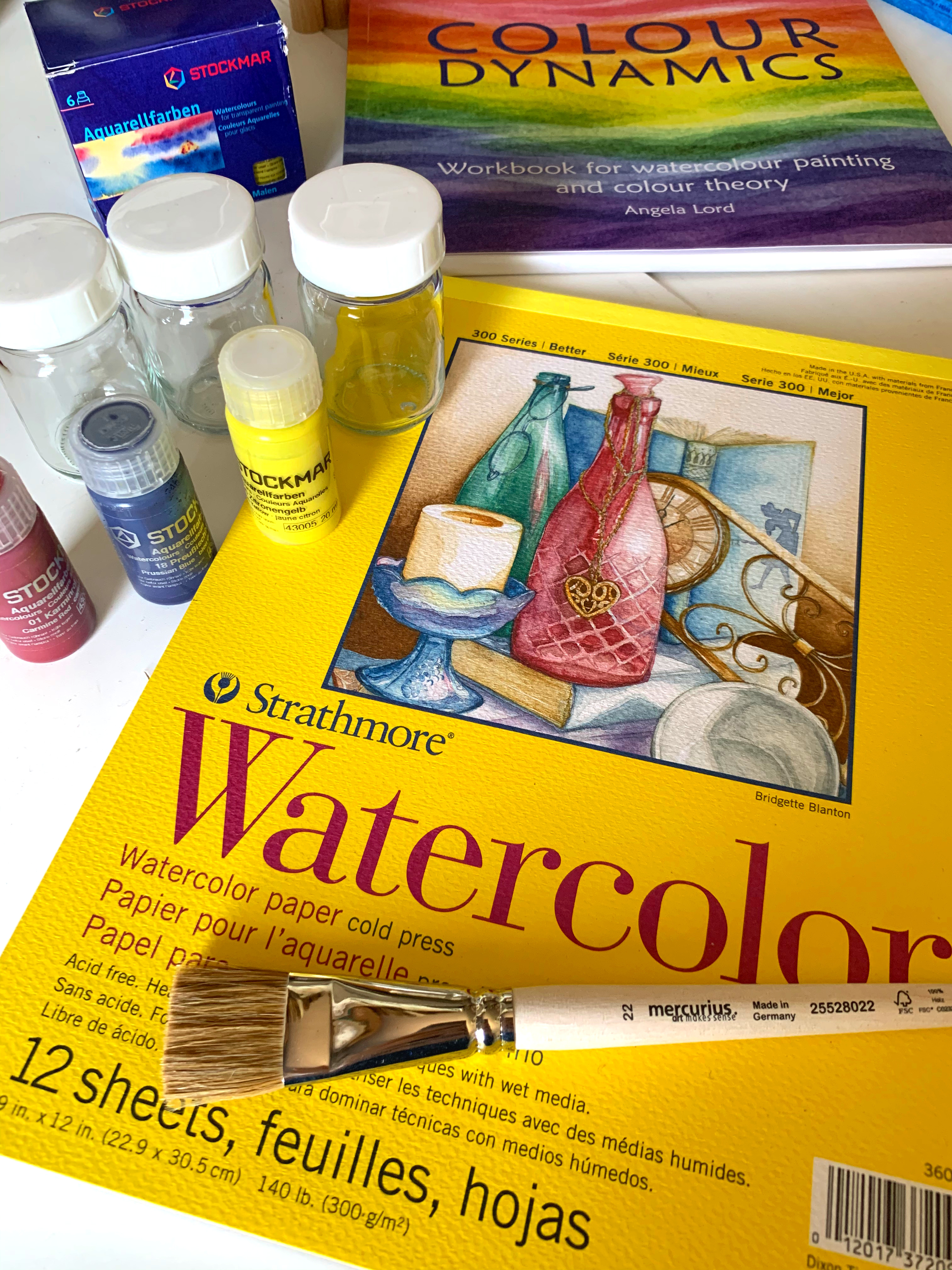
Then next block you might focus on in Grade 1 is watercoloring. While watercoloring doesn’t need to be a block per say, as it can be included in other blocks, it is a good idea to have some basic principles understood before embarking on watercoloring with your students as the Waldorf method is unique is a few aspects. To start with, images that are drawn or watercolor painted are soft, undefined and have blurred edges or rather the edges of the images are not sharply defined. Young students at that age don’t see the world as we do and their illustrations reflect that. The teacher strives to provide drawings that have soft edges with less detail and when it comes to watercoloring, using a wet on wet technique is a great way to ensure that colors move across the page and blend into one another and thus keep the edges soft and ethereal. To achieve this, use high quality watercolor paper. I like Strathmore 140 lb. Watercolor paper. Though the this pad is 9’x12″, I recommend using larger sheets for Grade 1, though the smaller sheets are great for practice work or free painting. Stockmar watercolors are concentrated paints that need to be diluted with water. They have clear bright colors that mix well to produce secondary and tertiary colors. Grade 1 paint brushes are wide and flat and made from all-natural materials like squirrel hair and wood barrels. Watercolor paint holders make spillage a thing of the past, but if all you need are the jars, you can buy them separately or repurpose yogurt jars. If you are brand new to Waldorf watercoloring, the book Colour Dynamics by Angela Lord will be a great help along the way. If you are inspired by that book and want to join a course I have on my site in which I do live lessons with my daughter inspired by images in this book, you can join the course by tapping on the button below.
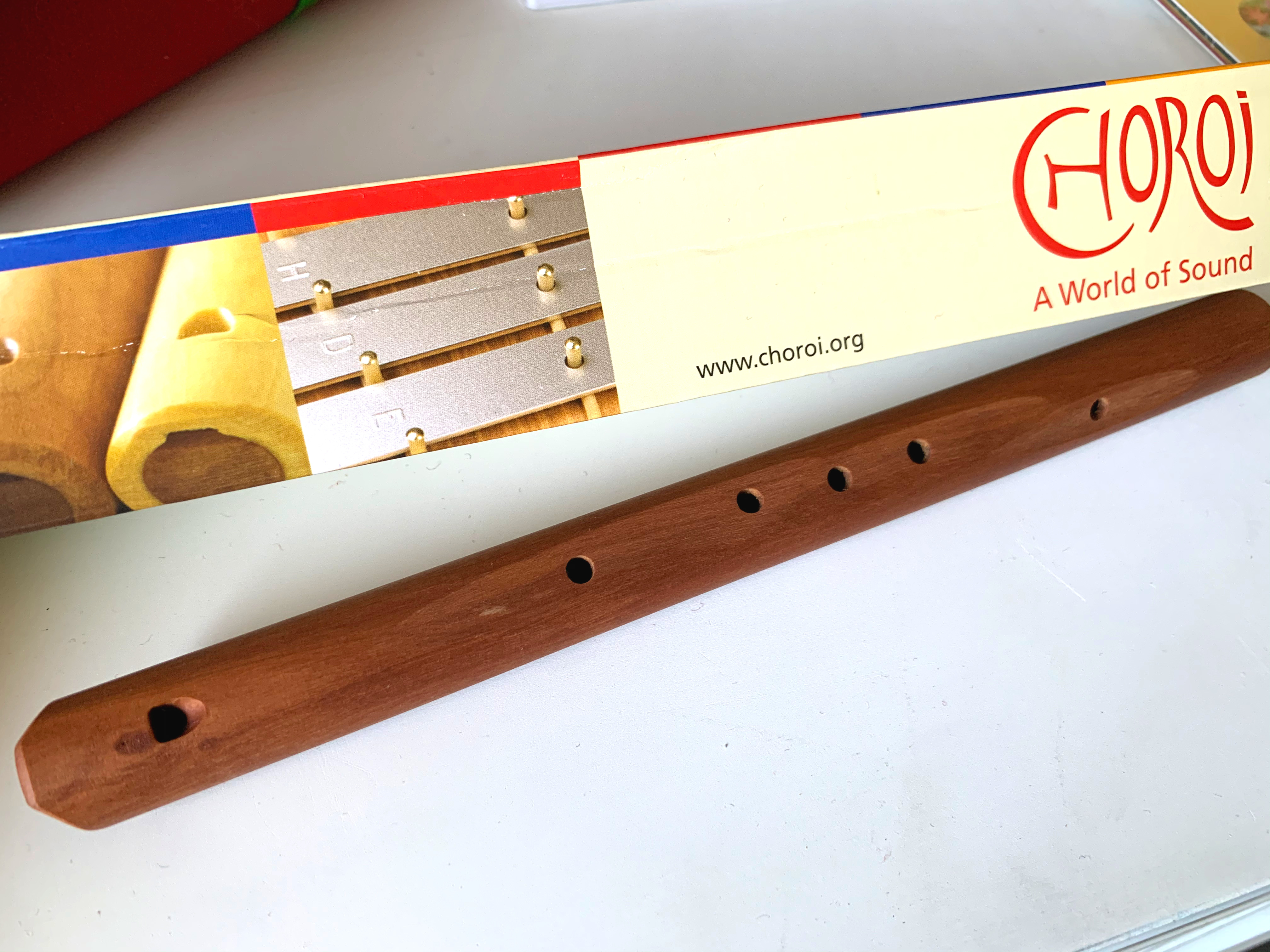
While the main lesson (Morning Lesson) teacher doesn’t teach music, handwork, and other subjects, it helps to have a familiarity with music as songs are included in circle time, opening activities or other lessons. While there are many instruments to choose from, traditionally the classroom will have a piano and the teacher may hone her skills with a recorder or glockenspiel. The pentatonic music book by David Darcy is a great resource for the musically challenged and possibly the veteran! Having never excelled in the signing or music, I can’t tell if that resource is too basic for someone who already has a music background. If you struggle with music (as I did), you may enjoy Come Follow Me which is a collection of songs you can sing in class. Growing your collection of poems and verses for all occasions happens naturally over the years. Give yourself some inspiration with Wynstone Books for each of the seasons, Summer, Autumn, Winter and Spring. These books are full of seasonally ideas and music to enrich your school day season by season.
Handwork in Grade 1

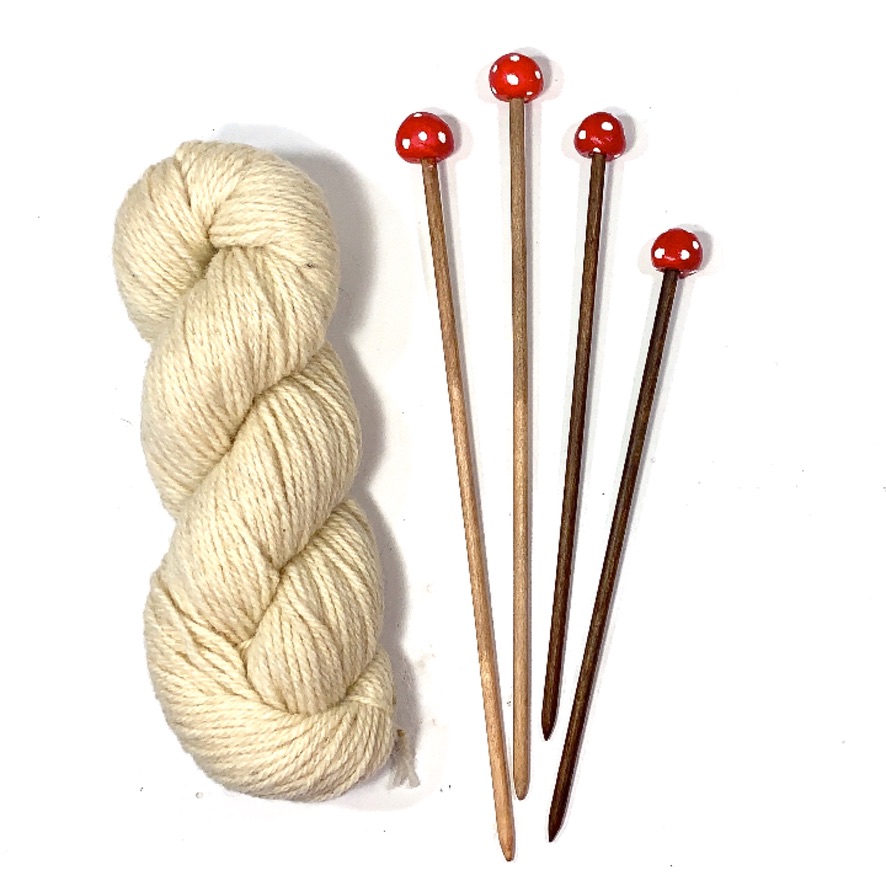
Handwork is a Waldorf subject area that’s close to my heart so I have given it a lot of attention through the years. While I’ve never progressed very far in the field, I have found that even basic knitting and sewing provide a wealth of developmental benefits. Knitting is taught in Grade 1 as a means to help develop the important brain function of the two hemispheres communicating with each other. the cross body movement of knitting is what awakens and strengthens that brain development. The cross body action is repeated in eurythmy and movement math as well as other areas. While it is far easier to introduce knitting over spatial dynamics and eurythmy, all areas are equally important to the developing child. When it comes to handwork, Grade 1 focuses on casting on, knitting, binding off and creating simply projects with practice squares and rectangles the student has knit. One book that is tremendously helpful to the Grade 1 teacher in teaching how to knit the Waldorf way, which is rich in storytelling, is Jane and Jeremy learn to knit by Elizabeth Seward. The book is filled with stories and simply projects like how to knit a bunny. The book also shares how to make your own knitting needles. I had the honor of visiting Elizabeth in her Los Angeles home to knit with her and she taught my daughter how to make her own knitting needles. A year later, I made my own using dowels and oven bake clay to make mushroom topped knitting needles. While they are cute, they are longer than what a Grade 1 student will feel comfortable using. Keep needles to about 9-10 inches for ease in use. To start off, students use size 10 knitting needles and bulky or similar type of yarn. Some teachers prefer plied yarn while other stick with the bulky. Not being a master knitter or handwork teacher, I’ve stuck with using Lamb’s Pride bulky weight yarn for all my beginner knitters and actually stuck with that yarn in worsted weight for other projects. I like the color range of yarns by Lamb’s Pride and most, if not all, of our handwork projects through the years use Lamb’s Pride yarn or Holland Felt.
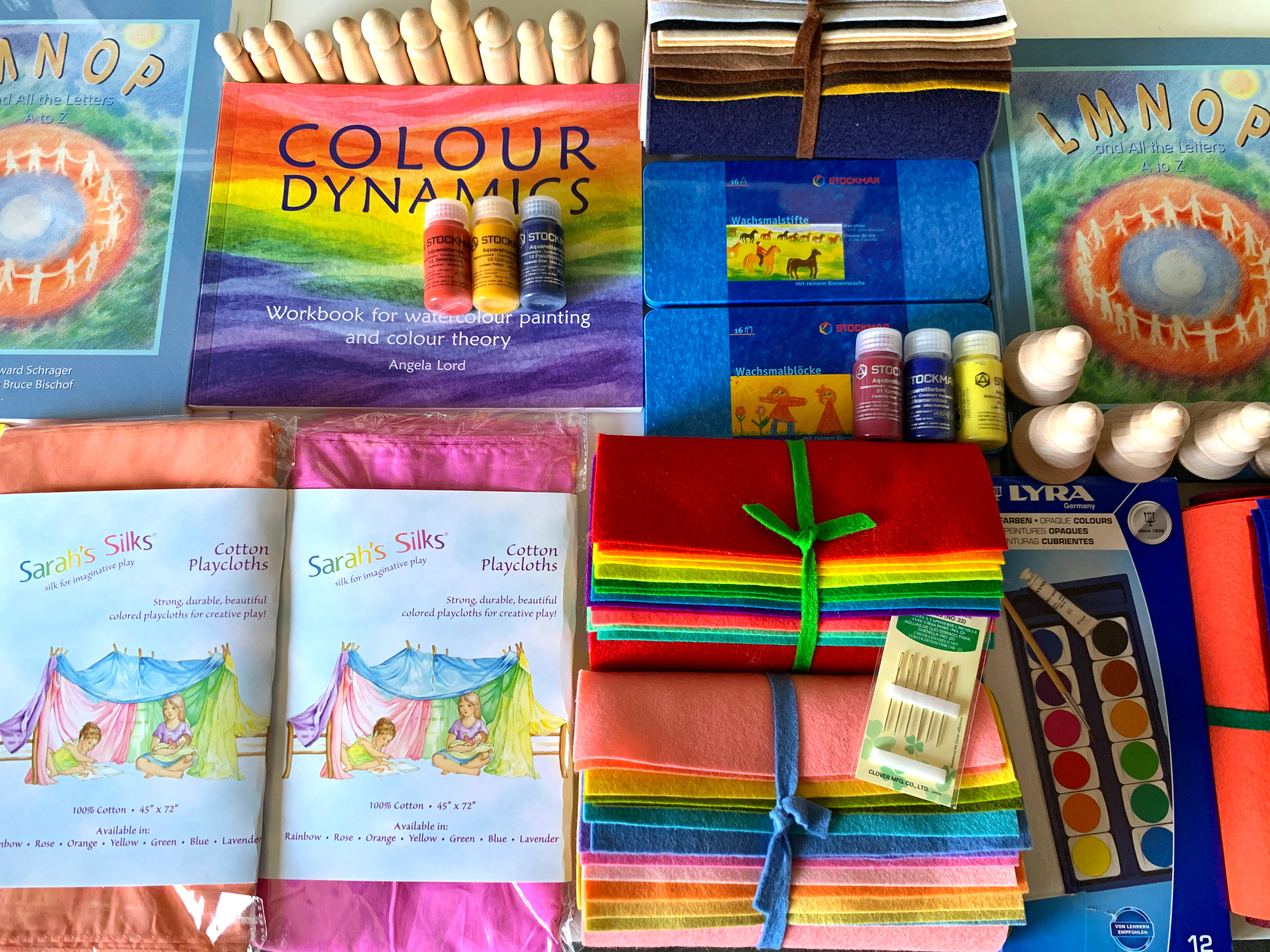
Handwork is not limited to the projects that a student will do, the teacher may do many projects ahead of time to add dolls, toys or educational supplements to the classroom. Often I made peg dolls and finger puppets to add toys for the students’ imaginative play. Sometimes my older students would stitch projects that would be used to decorate the classroom or be soft toys the younger children would play with. While needle felting isn’t a handcraft that is found in the Waldorf curriculum, many have included it or in the least have included the animals and felted projects that have been needle felted. Over the years, I have settled on a few supplies that I return to over and over again for their versatile use and durability. I love the peg dolls for their possibility. While they come is all shapes and sizes, I like the standard peg doll as it can be used for a male or female or even child or adult. While the little ones and female shaped ones are nice, I don’t tend to use those as much. You can paint them with Lyra Opaque Watercolors or wool felt.
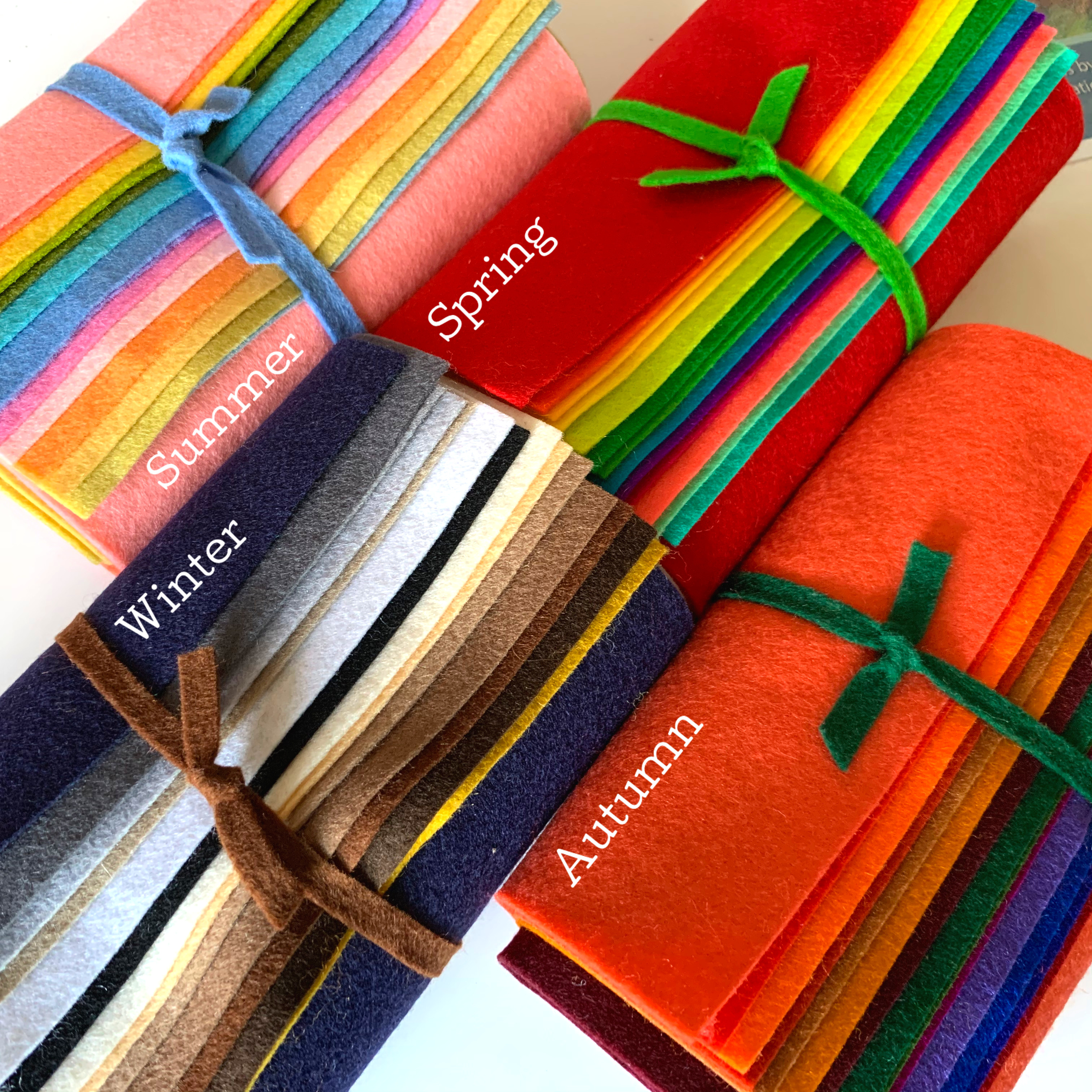
I love Holland Felt is all the gorgeous colors they carry. We have used felt for stitching projects in later grades and for sewing projects in grade 5 and beyond. In Grade 1, the teacher may use it for peg dolls, to make classroom decorations or for stitching projects she brings to the classroom. I like the collections for Winter, Spring, Summer and Autumn (with Autumn being my favorite), because they are a nice assortment of colors and are just the right size for many of the projects we end up doing. Don’t forget your embroidery floss and embroidery needles!
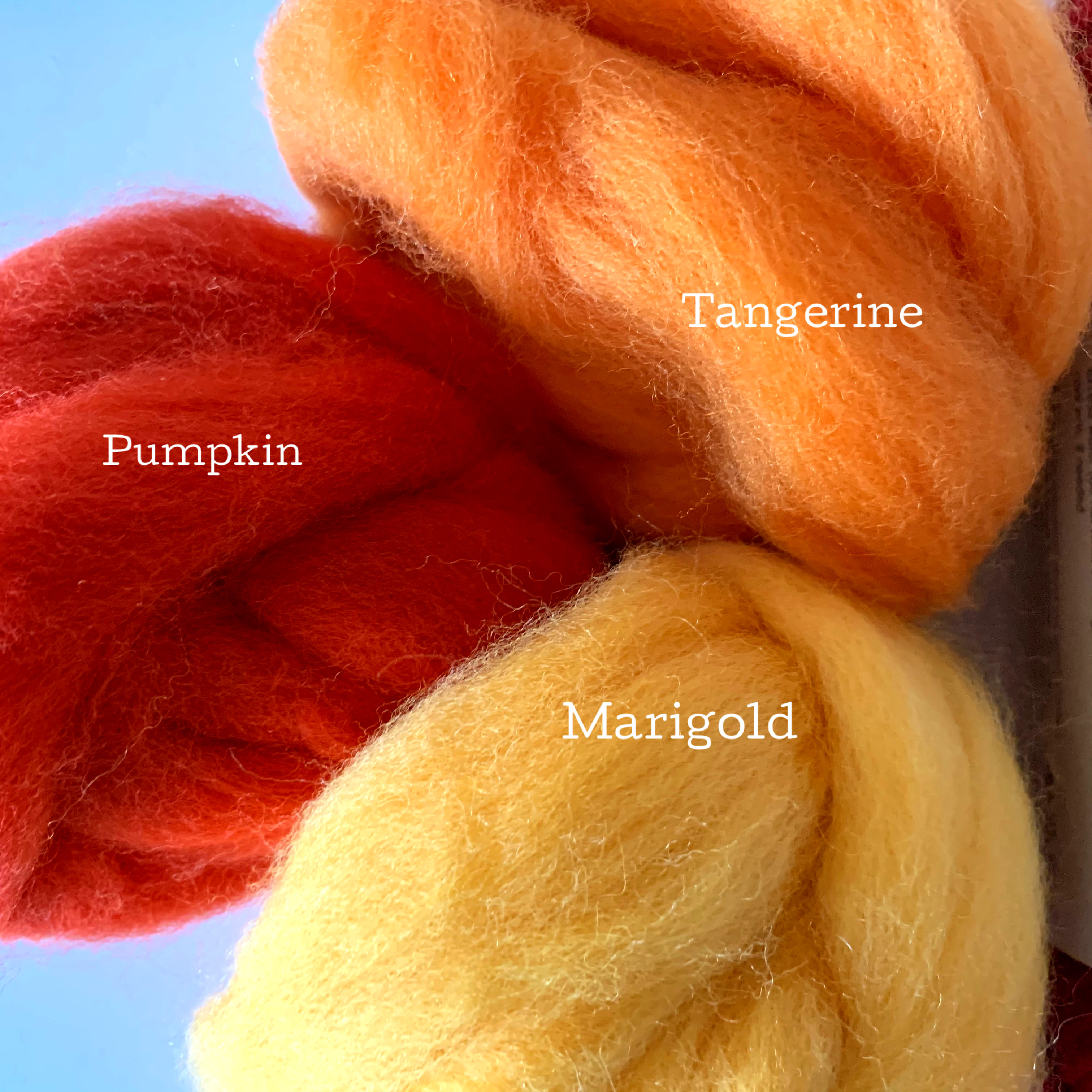
If you wish to do some needle felting, you’ll need needle felting needles (which are very sharp!), a foam pad and wool roving. I chose three colors in the orange family to make pumpkins as they make a color addition to the classroom for fall decor.
If you are looking for opportunities to add decorations to your classroom then kite paper is a must! You can use it to make beautiful suncatchers which are stars that decorate windows. As the light comes in, the suncatchers catch the light and are illuminated beautifully depending on the folds and color layering. Another option for decorations which double as playthings are silks and cloths. My favorite are Sarah’s Silks and Cotton Play Cloths. I’ve used silks in our homeschool for ages, but recently Sarah’s Silks came out with cotton cloth which is a great alternative for Plant based families or Muslim families who have pubescent boys who still like to play dressup.
Curriculum for Grade 1
First grade in a Waldorf school begins at seven years of age, after the change of teeth has begun. Other notable differences about a the first grade curriculum is the story aspect of each lesson, even when you present the child with her first recorder, you present it along with a story. Stories are an important part of the Waldorf curriculum. It’s what connects the child to the information. The information comes to life through the story told by the teacher. You may also notice an absence of textbooks, workbooks and even picture or chapter books. There are no textbooks because the teacher teaches the material (she does her research prior to teaching), there are no workbooks because the students make their own as the lessons progress by copying the chalk drawings on the chalkboard made by the teacher and adding a sentence or two copied from the board or dictated to the student. The students make their first readers with drawings and complete simple sentences which they then read themselves. The world of numbers is also introduced with stories to complement the introduction of each number.
Does your child already know the ABC’s and the numbers before entering grade one? Probably. Most kids pick them up along the way, but don’t overlook this beautiful presentation of the numbers and letters, there’s more to the lesson than just the technical and mechanical acquisition of the numbers and letters. The value is a deeper connection to learning and sets the foundation for how information and skills will be taught and acquired throughout the grades. There is reverence and honor in every aspect of the Waldorf curriculum, down to how the crayons are used and stored to how one transitions from one activity to the next. The curriculum I am presenting to day is from Live Education.
We homeschool using many different yet congruent philosophies including Waldorf, TJed, and Charlotte Mason, but use the curriculum from Live-Education for inspiration. Some books I recommend: Children and Their Temperaments by Marieke Anschutz, Storytelling & The Art of Imagination by Nancy Mellon, Healing Stories for Challenging Behavior by Susan Perrow, You Are Your Child’s First Teacher by Rahima Baldwin, The Education of the Child by Rudolf Steiner, and The Kingdom of Childhood by Rudolf Steiner
Grade 1 Supplies, Resources and Materials
First grade supplies for a Waldorf curriculum are so beautiful and inspiring. Typical materials you’ll find are watercolors, watercolor paper, block and stick crayons, a recorder, beeswax, yarn and wool. 0:52 Pentatonic Flute 1:18 Glockenspiel 2:02 Silk 4:52 ABC Peg Doll Tutorial https://www.youtube.com/watch?v=FjKtp… 5:45 Weather Gnomes https://www.youtube.com/watch?v=cT-w-… 6:24 Wool Felt https://achildsdream.com/holland-wool… 6:29 Peg Dolls https://achildsdream.com/wood-peg-dol… 6:29 Finger Puppet bases https://achildsdream.com/wood-finger-… 7:04 Kite paper https://achildsdream.com/window-stars… 7:12 Suncatcher tutorial https://www.youtube.com/watch?v=g5jJJ… 7:40 Origami Paper https://achildsdream.com/folia-origam… 7:52 Tissue Paper https://achildsdream.com/art-tissue-p… 8:05 Tissue Paper project https://www.youtube.com/watch?v=YB0TI… 8:41 Making Peg Dolls Book https://achildsdream.com/making-peg-d… 9:42 Crafts Through the Year https://achildsdream.com/crafts-throu… 10:28 Autumn Book https://achildsdream.com/wynstones-bo… 10:40 Winter Book https://achildsdream.com/wynstones-bo… 10:59 The Living Alphabet https://www.amazon.com/Living-Alphabe… 11:23 Stockmar Beeswax https://achildsdream.com/stockmar-mod… 12:03 Create-A-Story Card by eeboo https://achildsdream.com/create-a-sto… 12:46 Storytelling Book https://www.amazon.com/Storytelling-A… 14:46 Waldorf Poetry Book https://www.amazon.com/Waldorf-Book-A… 14:48 Waldorf Animal Poetry https://www.amazon.com/Waldorf-Book-P… 15:01 Wool https://achildsdream.com/ashford-corr… 15:20 Wool https://achildsdream.com/merino-wool-… 15:59 Felt needles https://achildsdream.com/felting-need… 17:24 Wood Clip https://achildsdream.com/wood-fort-bu… 18:10 Nutcracker Link coming soon 20:47 Finger knitters https://achildsdream.com/knitting-tower/ 21:17 Dazzle-it Link? Not sure! 22:17 Lamb’s Pride Yarn Bulky https://achildsdream.com/handpaint-wo… 22:56 Lamb’s Pride Worsted Weight https://achildsdream.com/lambs-pride-… 23:30 Yarn ball Tutorial coming soon 24:30 Knitted Ball Tutorial coming soon 25:00 Weaving tutorial https://www.youtube.com/watch?v=Hs89I… 25:45 Counting Sticks tutorial https://youtu.be/TpT4ZI3Odjc 27:12 Candle Rolling Kit https://achildsdream.com/beeswax-cand… 27:25 Candle Rolling Tutorial https://youtu.be/rsBmk0uWOz0 27:30 Candle dipping tutorial https://youtu.be/Ca9q4XmxcYU 27:55 Grimm’s Fairy Tales link coming soon 30:30 Main Lesson book https://www.waldorfsupplies.com/produ… 30:52 Stockmar Stick crayons https://achildsdream.com/stockmar-bee… 31:35 Stockmar Block Crayons https://achildsdream.com/stockmar-bee… 32:10 Crayon holder tutorial https://youtu.be/WstLaqrF_qE 33:43 Strathmore Watercolor paper https://www.waldorfsupplies.com/?s=wa… 34:44 Stockmar watercolors https://achildsdream.com/stockmar-wat… 35:18 Watercolor Pumpkins tutorial https://youtu.be/W500Le9nfKw 36:01 Watercolor Brushes https://www.waldorfsupplies.com/?s=wa… https://achildsdream.com/wide-paint-b… 36:36 Watercoloring techniques https://youtu.be/vwateIIIcQQ 37:11 Chalk Pastels http://www.dickblick.com/products/sar… 37:33 Chalk Drawing Tutorials Playlist https://www.youtube.com/watch?v=2KeUa… 37:43 Waldorf blackboard chalks https://www.waldorfsupplies.com/?s=ch… First Grade Waldorf Curriculum https://www.youtube.com/watch?v=kbnLc…
If you want more, here is a complete playlist of Grade 1 videos which includes curriculum, supplies, and tutorials.
Waldorf Vendors and Resources
There are many Waldorf inspired vendors who service Waldorf schools and homeschools alike. Though I’m not sharing a comprehensive list, you are welcome to add your shop or recommend one in the comment section below!
Here are some vendors who have been recommended to me, Little Acorn Learning, Earth Schooling, Blossom and Root, Season of Seven, Waldorf Inspired Homeschooling, Daily Wonder, Modern Waldorf Online, and Beauty of Play.
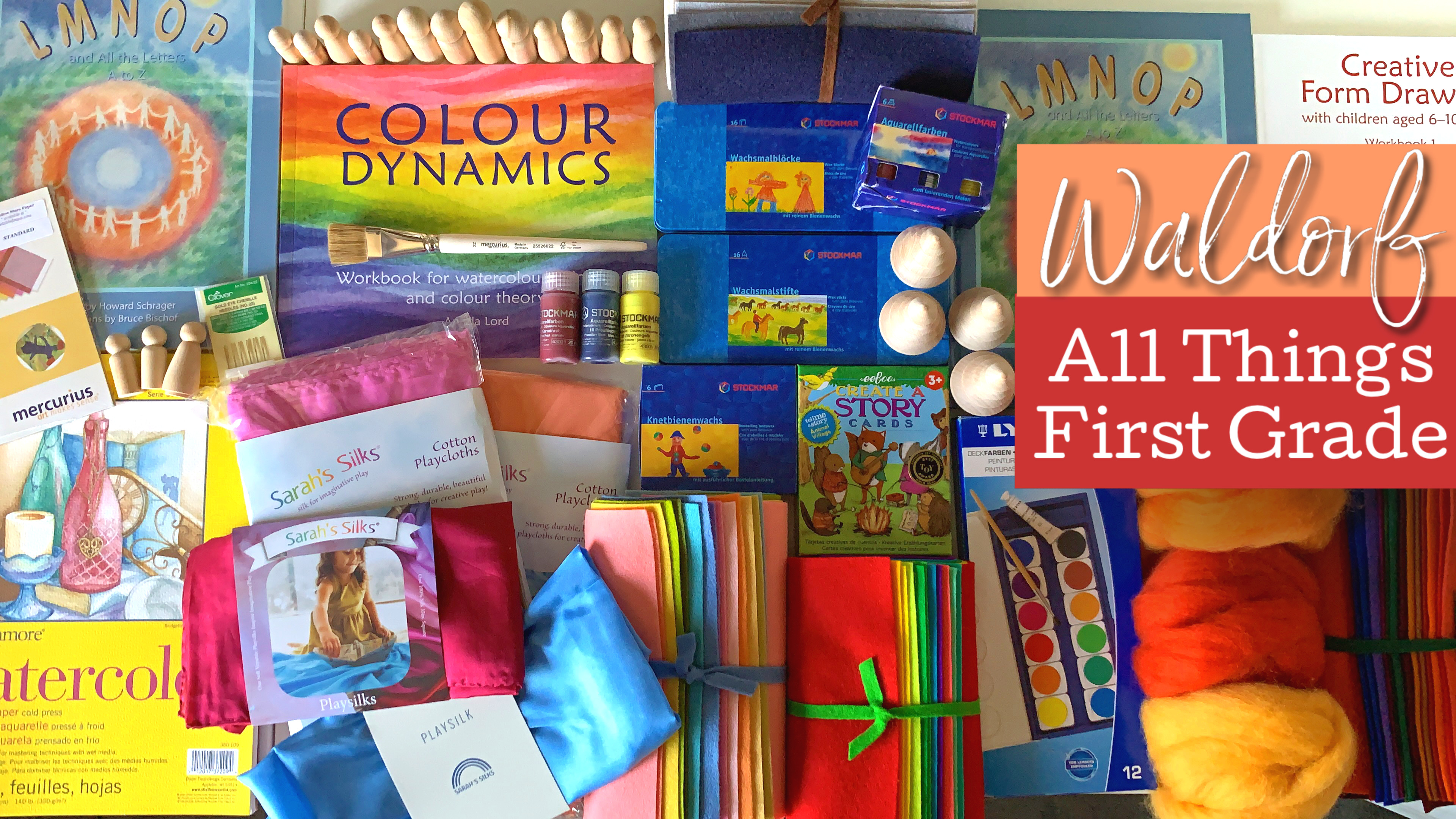
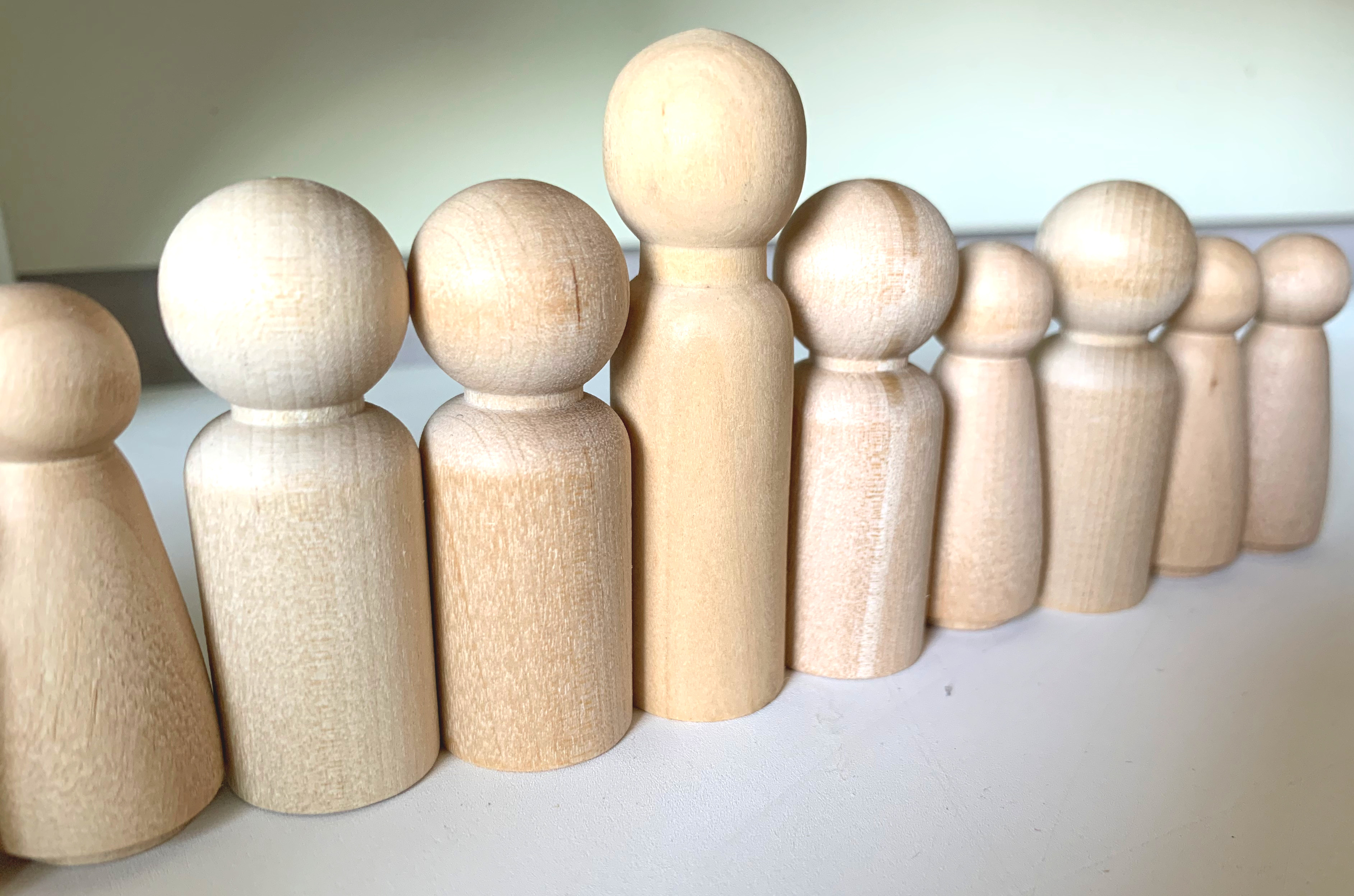
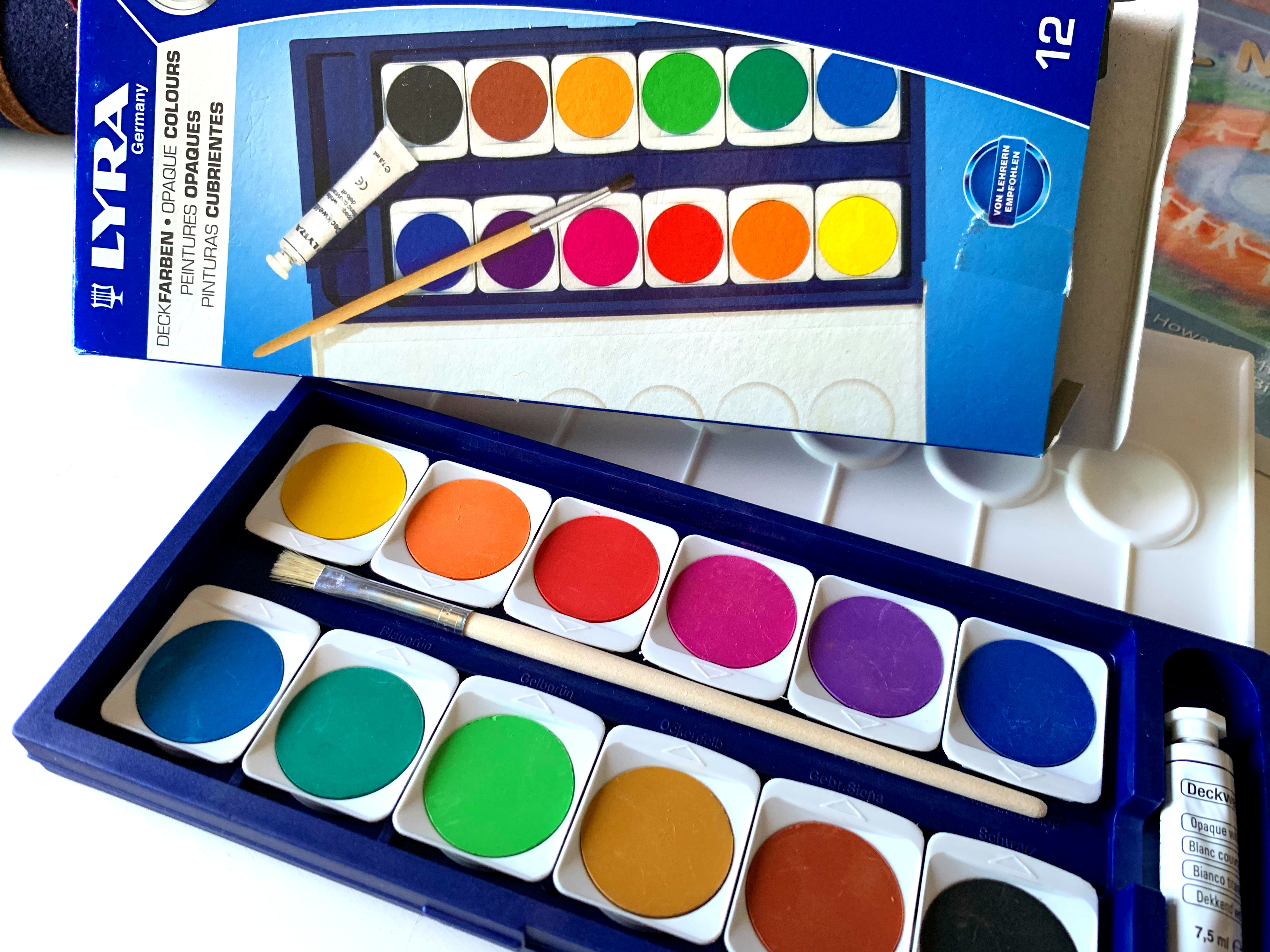
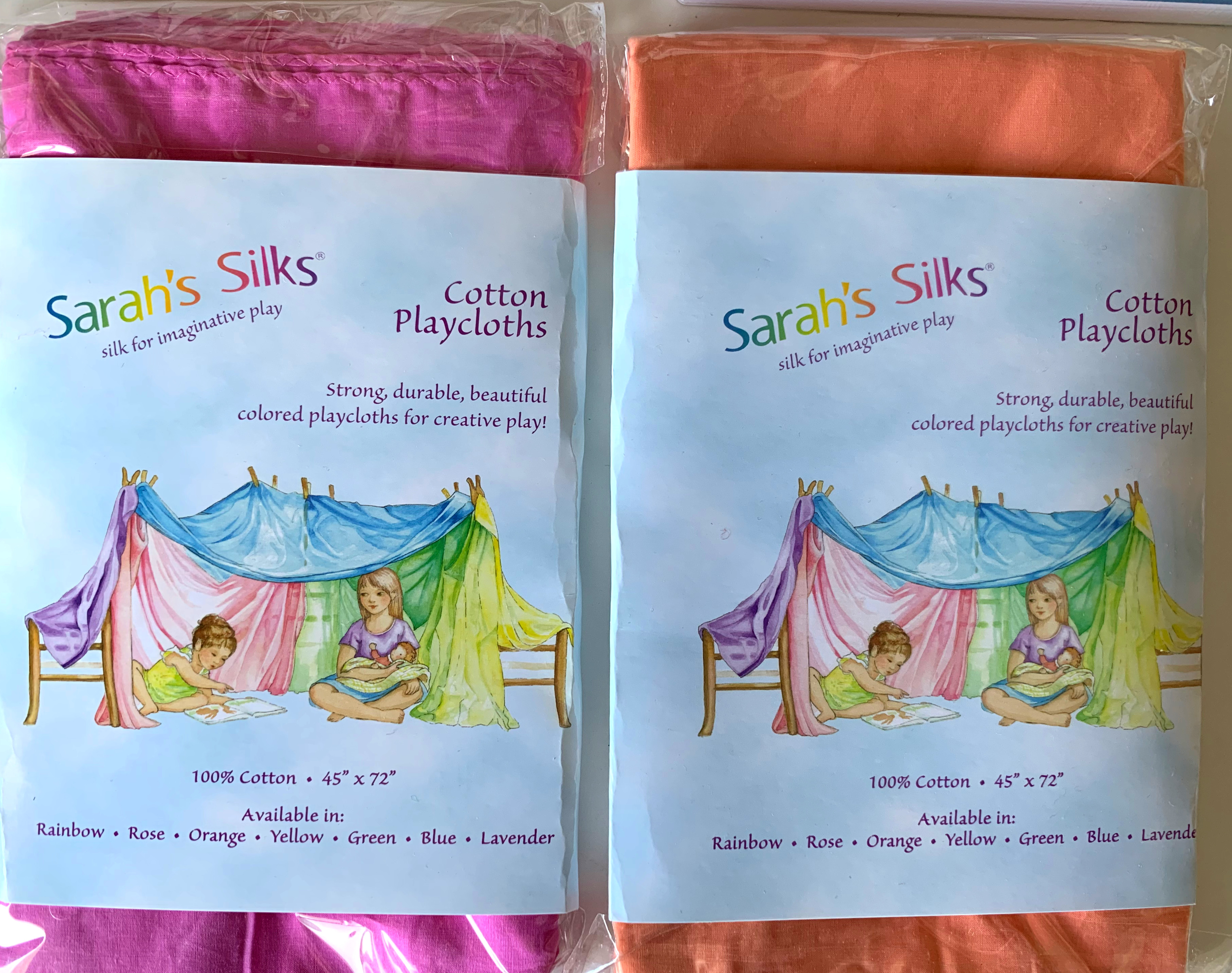
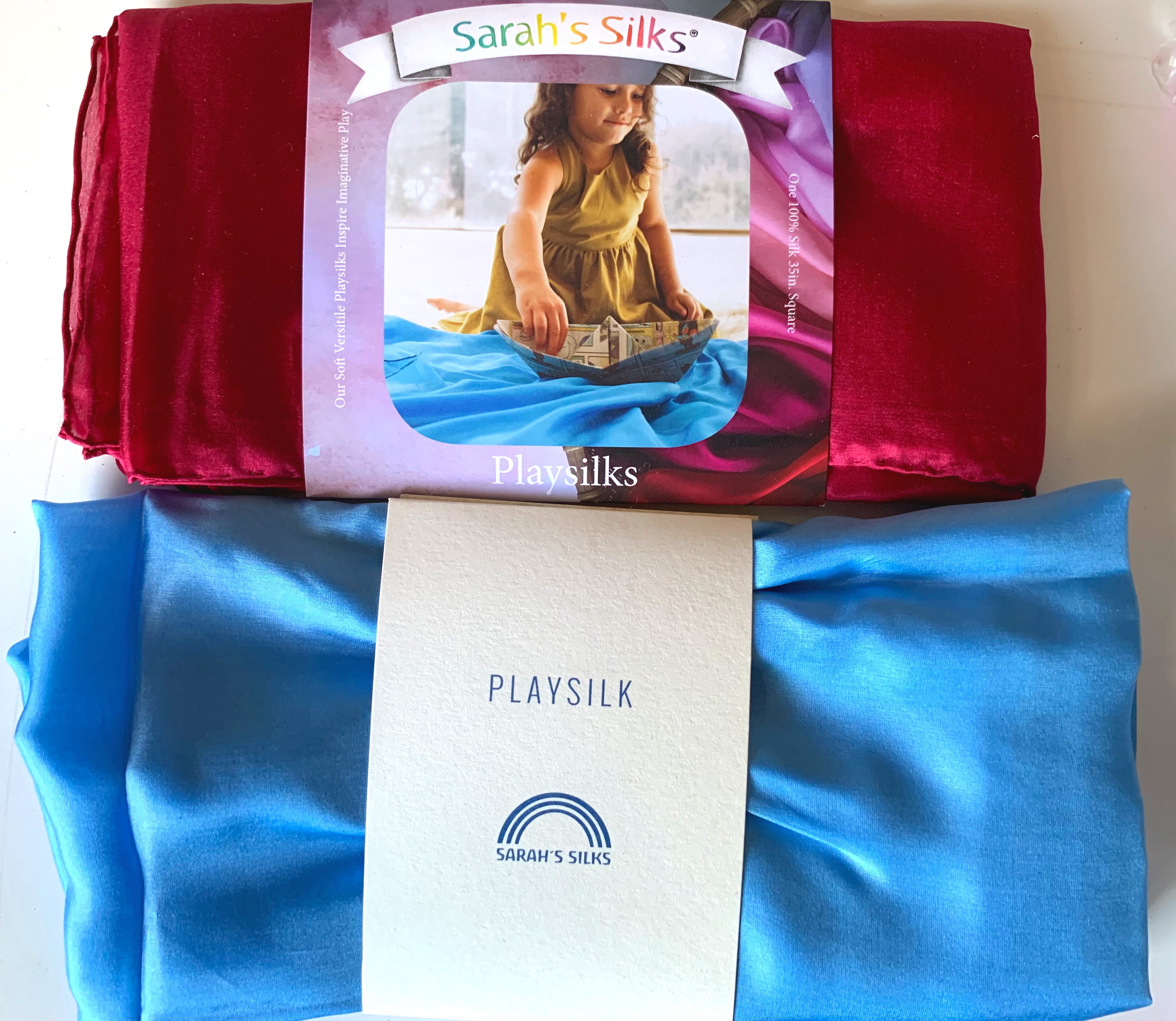
Hi Hana, Assalamualaikum. I’m curious about how you make use the live education curriculum to create your authentic homeschool, which the curriculum stories and content comes with quite different culture, religion, and maybe language from you. I’m a Chinese living in Malaysia, and I’m wondering how should I blend or mix match or even amend the curriculum to fit in to my own language, literature, culture and religion. I believe that your advise would be much precious to me.